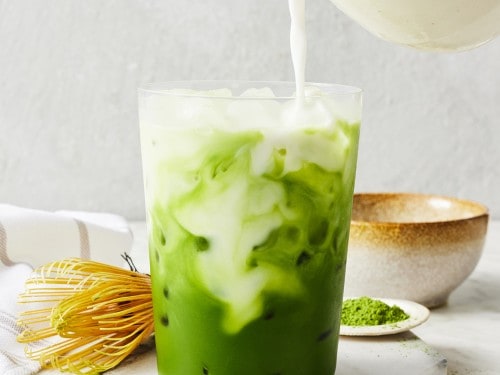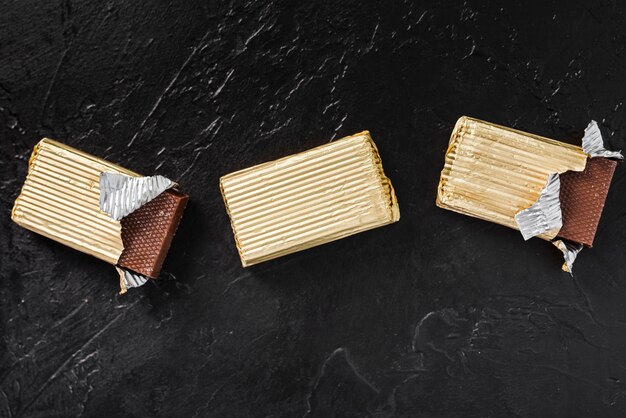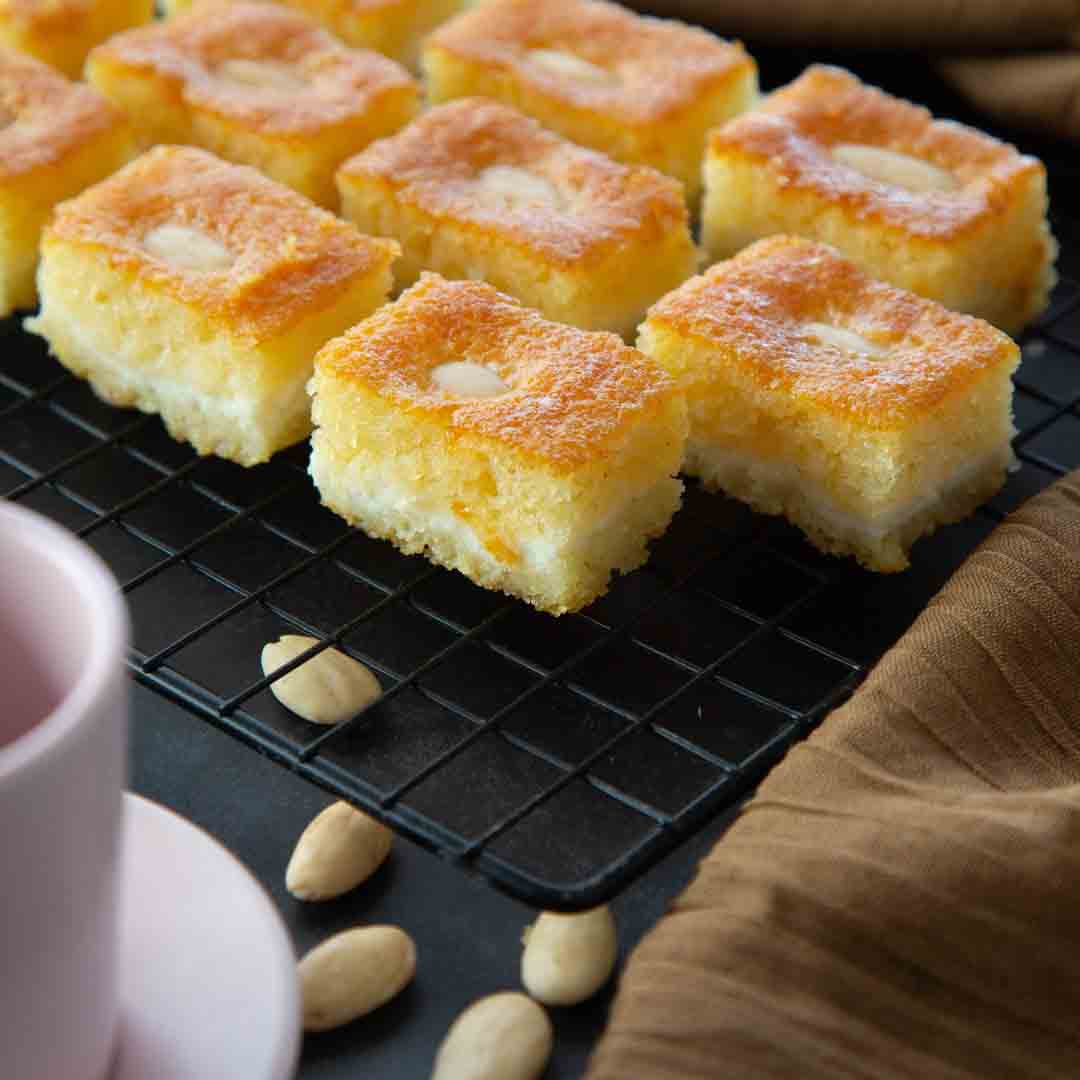Choosing the Perfect Best Milk for Matcha Latte Your Delicious
Matcha latte has become a popular choice for those looking for a healthier alternative to traditional coffee drinks. One key component that can greatly influence the taste and texture of your matcha latte is the type of milk you use. With so many options available, choosing the right milk can make all the difference in creating the perfect matcha latte.
Almond milk: Almond milk is a popular dairy-free option for matcha lattes. It has a slightly nutty flavor that complements the earthy tones of matcha, creating a deliciously balanced drink.
Coconut milk: Coconut milk adds a rich and creamy texture to your matcha latte, with a subtle hint of coconut flavor. It’s a great option for those who enjoy a tropical twist in their drinks.
Oat milk: Oat milk is known for its creamy consistency and slightly sweet taste, making it a perfect match for matcha latte. It creates a smooth and velvety texture that enhances the overall flavor of the drink.
Best Milk Choices to Create Delicious Matcha Latte
If you want to make the perfect matcha latte, choosing the right milk is crucial. Here are some of the best milk options to enhance the flavor of your matcha latte:
| Milk Option | Taste Profile | Best Matcha Pairing |
|---|---|---|
| Whole Milk | Creamy and rich | Classic matcha latte |
| Almond Milk | Nutty and slightly sweet | Vanilla matcha latte |
| Coconut Milk | Creamy and tropical | Coconut matcha latte |
| Oat Milk | Smooth and oat-y | Cinnamon matcha latte |
Experiment with different milk options to find your favorite combination and enjoy a delicious matcha latte every time!
Frothy Cow Milk for Creamy Texture
When it comes to creating a creamy and velvety Matcha Latte, using frothy cow milk can be a game-changer. The natural fats in cow milk help create a rich and smooth texture that complements the earthy flavor of Matcha perfectly.
To achieve the perfect froth, heat the cow milk until it is just below boiling, then whisk vigorously or use a milk frother to create that decadent foam. The frothiness of cow milk adds a luxurious touch to your Matcha Latte, making it a delightful treat for your taste buds.
Smooth Almond Milk for Nutty Flavor
Almond milk is a popular dairy-free alternative that adds a smooth and creamy texture to matcha lattes. Its nutty flavor complements the earthy notes of matcha, creating a delightful and well-balanced drink.
Benefits: Almond milk is rich in vitamins and minerals, such as vitamin E, calcium, and protein. It is also low in calories and can be a great option for those looking to reduce their dairy intake.
Tip: Look for unsweetened almond milk to avoid added sugars and maintain the purity of the matcha latte.
Oat Milk for a Velvety Consistency
When it comes to creating the perfect matcha latte, oat milk is a popular choice for those looking for a velvety consistency. Oat milk has a naturally creamy texture that blends well with matcha powder, creating a smooth and frothy drink.
Benefits of Oat Milk:
Oat milk is a great dairy-free alternative that is rich in fiber and vitamins, making it a healthy option for your matcha latte. It’s also low in fat and calories, making it a lighter choice compared to traditional milk.
How to Use Oat Milk:
To incorporate oat milk into your matcha latte, simply heat it up on the stove or using a milk frother until it’s warm and frothy. Then, whisk it together with your matcha powder until smooth and creamy. Add a touch of sweetener if desired, and enjoy your velvety matcha latte!
| Pros | Cons |
|---|---|
| Velvety texture | Limited availability in some areas |
| Rich in fiber and vitamins | May have a slightly sweet taste |
| Low in fat and calories | Not suitable for those with gluten sensitivity |
Coconut Milk for a Tropical Twist
When it comes to adding a tropical touch to your matcha latte, coconut milk is a perfect choice. Its creamy texture and slightly sweet flavor pair beautifully with the earthy notes of matcha.
Coconut milk is also a great dairy-free alternative for those who are lactose intolerant or following a plant-based diet. It adds a rich and indulgent feel to your matcha latte without overpowering the delicate taste of the green tea.
For the best results, opt for a high-quality canned coconut milk or a carton of refrigerated coconut milk. Avoid coconut milk beverages with added sugars or artificial ingredients, as they can alter the taste of your matcha latte.
- Provides a creamy texture
- Has a slightly sweet flavor
- Dairy-free and plant-based
- Enhances the tropical vibe of your matcha latte
Rice Milk for a Light and Refreshing Taste
Rice milk is a popular dairy-free alternative that offers a light and refreshing taste, making it a perfect match for a creamy matcha latte. Made from milled rice and water, rice milk has a naturally sweet flavor that complements the earthy notes of matcha tea.
Benefits of Rice Milk:
Rice milk is low in fat and calories, making it a healthy choice for those looking to reduce their dairy intake. It is also a great option for people with lactose intolerance or allergies to nuts and soy.
How to Froth Rice Milk:
To froth rice milk for your matcha latte, use a frother or steam wand to create a creamy texture. Rice milk froths well and can be used to achieve that perfect velvety consistency in your latte.
Soy Milk for a Rich and Protein-packed Option
Soy milk is a popular dairy alternative that is rich in protein, making it a great choice for those looking to boost their protein intake while enjoying a delicious matcha latte.
Benefits of Soy Milk:
- High in protein
- Rich and creamy texture
- Lactose-free
Best Uses:
Soy milk blends well with matcha powder, creating a creamy and frothy latte that is perfect for a mid-day energy boost or a relaxing evening drink. Its rich texture complements the earthy notes of matcha, making for a satisfying and indulgent treat.
| Pros | Cons |
|---|---|
| High in protein | Slight bean flavor |
| Lactose-free | May not froth as well as dairy milk |
Q&A: Best milk for matcha latte
What are some examples of plant-based milk that can be used in an iced matcha latte?
Some examples of plant-based milk for an iced matcha latte include almond milk, coconut milk, oat milk, soy milk, and cashew milk.
How do you make an iced matcha latte using non-dairy milk?
To make an iced matcha latte with non-dairy milk, simply whisk together matcha powder and a sweetener of your choice with cold non-dairy milk, pour over ice, and enjoy.
What distinguishes an iced matcha latte from other matcha drinks?
An iced matcha latte is served cold over ice, making it a refreshing and cooling beverage perfect for warm weather or as a pick-me-up any time of day.
Can you use regular milk instead of plant-based milk in an iced matcha latte?
Yes, you can use regular milk such as cow’s milk or skim milk in an iced matcha latte if you prefer or if plant-based milk is not available.
What plant-based milk is often recommended for making the best matcha latte?
Cashew milk is often recommended for making the best matcha latte due to its creamy texture and mild flavor, which complements the taste of matcha.
How does the taste of matcha differ when using plant-based milk compared to regular milk?
The taste of matcha can vary slightly when using plant-based milk versus regular milk, with plant-based milk offering a nuttier or creamier flavor profile depending on the type used.
Are there any specific plant-based milk brands that are well-suited for making an iced matcha latte?
Several plant-based milk brands are well-suited for making an iced matcha latte, including Silk, Califia Farms, Oatly, and Almond Breeze, among others.
What are some benefits of using plant-based milk in an iced matcha latte?
Using plant-based milk in an iced matcha latte provides dairy-free options for those with lactose intolerance or dairy allergies, and it can also offer additional nutrients and a unique flavor profile.
Can skim milk be used interchangeably with plant-based milk in an iced matcha latte?
Yes, skim milk can be used interchangeably with plant-based milk in an iced make matcha latte, although the taste and texture of the latte may vary slightly depending on the milk used.
What is another term for plant-based milk?
Another term for plant-based milk is non-dairy milk, which includes milk alternatives made from nuts, seeds, grains, or legumes.
What is the best type of milk for a matcha latte?
The best type of milk for a matcha latte depends on personal preference, but options like oat milk is best, almond milk, coconut milk, and dairy milk are popular choices.
How does the choice of milk affect the flavor of a matcha latte?
The choice of milk can influence the flavor and texture of a matcha latte, with each type of milk offering a unique taste profile and mouthfeel when paired with the delicate flavor of matcha.
What are some common kinds of milk used to make a matcha latte?
Common kinds of milk used to make a matcha latte include cow’s milk (dairy milk), almond milk, soy milk, oat milk, coconut milk, and cashew milk.
Why is milk often paired with matcha in beverages like a matcha latte?
Milk is often paired with matcha in beverages like a matcha latte to balance the earthy flavor of drinking matcha matcha with the creamy texture and subtle sweetness of milk, creating a harmonious and satisfying drink.
What is the purpose of using milk in a matcha latte?
Using milk in a matcha latte helps to mellow the intense flavor of matcha, adds creaminess to the beverage, and creates a frothy texture when steamed or frothed.
What kind of milk froths nicely for a matcha latte?
Milk that froths nicely for a matcha latte includes cow’s milk is another (dairy milk), oat milk, and almond milk, as they can produce a creamy and velvety foam when steamed or frothed.
How does the choice of milk impact the texture of a matcha latte?
The choice of milk can impact the texture of a matcha latte, with some milks producing a thicker and creamier consistency while others result in a lighter and frothier texture.
Can you use reduced-fat milk or fat-free milk to make a matcha latte?
Yes, reduced-fat milk or fat-free milk can be used to make a matcha latte, although they may result in a slightly less creamy texture compared to full-fat milk options.
What is important to consider when choosing the best milk for your matcha latte?
When choosing the best milk for your matcha latte, consider factors such as flavor compatibility, texture preferences, dietary restrictions, and the desired level of frothiness.
How does the choice of milk allow the flavor of the matcha to shine in a latte?
The choice of milk allows the flavor of the matcha to shine in a latte by providing a neutral base that enhances, rather than overwhelms, the delicate and nuanced taste of the matcha.






